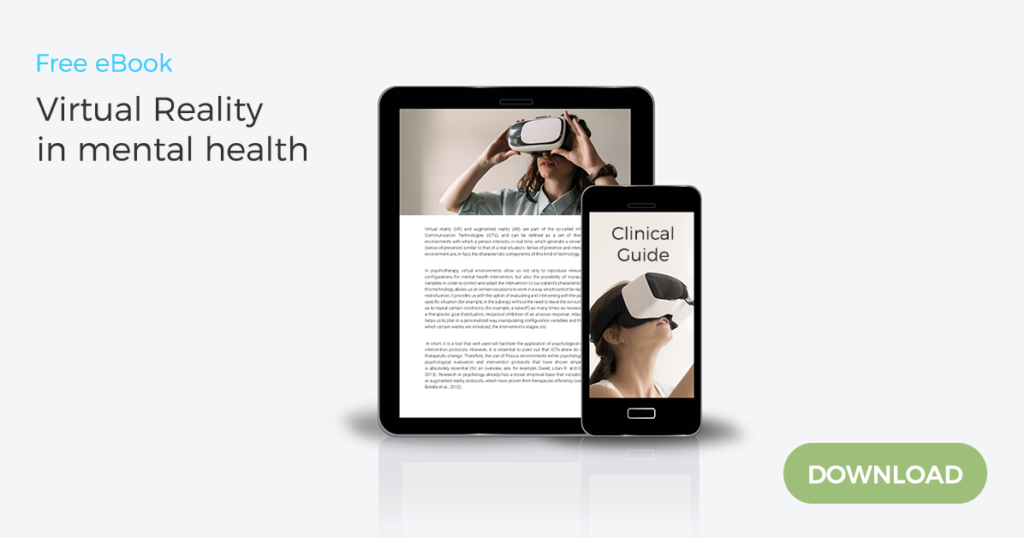Currently, most of the world is connected to the Internet and children and young people have integrated as part of their day to day being online and the use of social networks. This dependence of technologies is leading, especially young people, to develop more feelings of anxiety, depression and interruption of sleep patterns, even triggering cyberbullying and distortion of body image. In recent years, the excessive use of technologies and social networks has been directly associated with mental illnesses, according to the study by McCrae, Gettings and Pussell (2017) and Vannucci, Flannery and Ohannessian (2017).
This problem is because digital technologies are easily available to anyone and their birth is relatively new. Even so, it has been shown that the mental health problems caused in children and adolescents are closely related to the use of the Internet. Moderate use of the Internet can have a positive impact on the mental health of children and young people, but none of the extremes is beneficial (UNICEF, 2017).
With the rapid growth of the Internet and social networks, it is very important for families to take measures and educate children appropriately about the proper use of digital media and the risks they entail. Children and young people should also be encouraged to treat and seek help as soon as signs of mental illness begin to be detected.
A quarter of youth have mental disorders
Mental illnesses are as common in young people as they are in adults. Half of the mental illnesses appear at 14 years of age while the other half do in the mid-20s (Kessler et al., 2007), there are even anxiety and personality disorders that appear around the age of 11.
A survey conducted in 10 countries showed that a quarter of the youth has mental disorders (OECD, 2012). This includes affective, neurotic, personality, developmental, behavioral, nutritional, schizophrenia, and substance abuse disorders. Even so, these children are not usually treated until many years after the onset of this disease (Kessler et al., 2007) a fact that affects the development of the child and personally and academically (Choi, 2018). In the same way, the wide use of social networks is related to a worse dream and a significant relationship was found between playing video games at night and lack of sleep (Billari, Giuntella and Stella, 2018).
Other studies suggest that the moderate use of technologies is beneficial for the mental well-being of children and adolescents, while not using them or doing it in excess can have negative impacts (UNICEF, 2017). The OECD PISA survey showed that Internet users who spent more than 6 hours a day were more likely to have lower well-being and life satisfaction. In contrast, those who spent between 1 and 2 hours had more satisfaction compared to those who used the internet an hour or less a day (OECD, 2017).
Likewise, cyberbullying has increased with the appearance of digital applications, since social networks are related to problems of body image and eating disorders. These are the only means that allow people to present their most attractive images and eliminate those that are not; therefore, especially, in young people should be aware of the harmful potential of promoting body images, as it can lead to mental problems such as depression (Xie et al., 2010).
How to avoid the negative consequences of the abuse of new technologies?
The OECD Recommendation on the Protection of Children Online (OECD, 2012) admits that the Internet has become a day-to-day reality in the lives of children, ranging from benefits for educational development to exposure to risks such as access to inappropriate content or interaction with strangers, which can be determinant for your mental health.
Children and adolescents should make good use of technologies to be able to enrich themselves with what they can offer. In this sense, it would be beneficial for parents or guardians to protect them from online risks without restricting opportunities and letting children explore, learn and express themselves (Livingstone et al., 2014).
Schools should educate young people in digital media to give them tools with which they can recognize the risks they have, such as cyberbullying or the excessive use of social networks through emotional and empathic reinforcement. In the same way, governments should promote parental controls for the different devices, as well as encourage them to view the content together so that children can understand what they see and apply it to the real world.
In response to this, some countries are taking action: in Germany, parents are educated about possible risks in online activities, while in Japan they have implemented Internet education by encouraging parents to filter and monitor their children’s online activities ( King et al., 2018).
It is necessary to intervene quickly when children and adolescents show signs of mental illness. Psychology services are disproportionately focused on adults and should be invested in health care services and mental illness for children and young people in schools and institutes (OECD, 2014).
What solutions currently exist to improve the mental health of young people in terms of the use of new technologies?
Children and young people are growing in the middle of the technological era. From a very young age, they are familiar with computers, mobile phones and the Internet.
Correlations have been found between the use of social networks and depression (McCrae, Gettings and Purssell, 2017), as well as a similar relationship between the symptoms of anxiety and high daily use of social networks (Vannucci, Flannery and Ohannessian, 2017).
From Psious we recommend the use of our mindfulness environment, where the patient can focus on the present moment and thanks to the therapist’s help, he will make good use of the new technologies and be able to counteract the polemics that he had initially presented. In addition, thanks to virtual reality we can create an environment of addictions that helps treat and limit them using the Amelia Virtual Care method.











